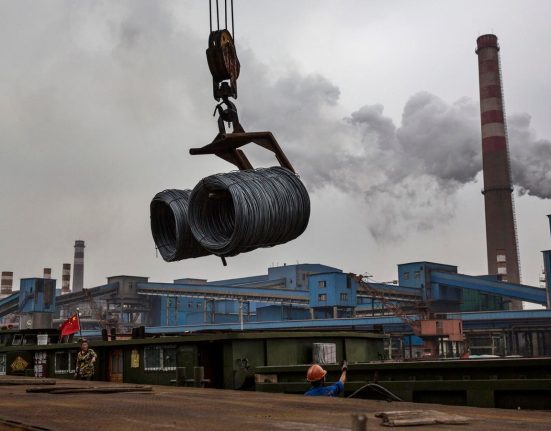ASTANA — Islamic finance in Central Asia is set for substantial growth over the next decade, according to a new report, The Future of Islamic Finance in Central Asia, jointly released by the Islamic Development Bank Institute (IsDBI) and the Eurasian Development Bank (EDB), released on May 20.

Photo credit: Olivier Le Moal, Shutterstock
As of 2023, Islamic finance assets in the region totaled $699 million, a modest 0.01% of global Islamic finance assets. Yet with an average Muslim population of 85% and increasingly diversified financial sectors, the region is positioning itself as a future growth hub in the global Islamic finance industry. According to Dr. Muhammad Al Jasser, the president of the Islamic Development Bank, Central Asian countries, including Kazakhstan, the Kyrgyz Republic, Tajikistan, Turkmenistan, and Uzbekistan, are at a critical stage in developing their financial systems and accelerating economic growth.
“With strong cultural foundations and growing demand for financial instruments, the region holds tremendous potential for Islamic finance. This growth can support the development of financial systems and help address broad social and economic challenges,” he said.
The region already hosts a diverse range of Islamic financial institutions: fully-fledged Islamic banks, Islamic windows within conventional banks, takaful operators, microfinance institutions, leasing and investment companies, and Islamic fintech firms. However, the development of Islamic capital markets, particularly sukuk, still lags behind.
The roots of Islamic finance in Central Asia trace back to the 1990s, when countries in the region joined the Islamic Development Bank Group. The Kyrgyz Republic was the first mover, and today, except for Turkmenistan, every Central Asian country has established components contributing to the growth of Islamic finance. Kazakhstan and the Kyrgyz Republic have made the most progress in developing legal and regulatory frameworks, with Kazakhstan currently ranked 19th globally in terms of Islamic finance development, according to the 2024 Islamic Finance Development Report. Yet, across the region, progress remains in its early stages compared to the more mature markets in the Gulf or Southeast Asia.
The report identifies three major constraints to growth: limited public awareness, a shortage of qualified professionals, and weak legal frameworks. To overcome these barriers, the authors call for harmonized regulation, strategic public education campaigns, and significant investments in training.
“The further development of Islamic finance in Central Asia will broaden access to global Islamic finance markets for local businesses and support regional economic growth,” noted the EDB’s Chairman Nikolai Podguzov. He emphasized that Islamic finance could become an engine of inclusive growth and a catalyst for regional integration.
Strong fundamentals for future growth
Central Asia’s macroeconomic indicators point to solid growth potential. As of 2024, the region’s population reached 82 million, a 40% increase since 2000, and continues to grow at 2% annually. The combined GDP now stands at $519 billion, growing at an average annual rate of 6.2% over the past two decades, outperforming global and other developing regions. Trade turnover has increased ninefold since 2000, and foreign direct investment has grown 17-fold.
Eighteen Islamic banks operate across the region. The report forecasts that Islamic banking assets could reach $2.5 billion by 2028 and increase to $6.3 billion by 2033. The sukuk market is expected to grow from $2.05 billion in 2028 to $5.6 billion by 2033.
Kazakhstan is projected to lead this growth, followed by Uzbekistan and Turkmenistan, as governments adopt more favorable regulations and develop institutional infrastructure to support the sector.
Priority investment areas for Islamic finance are likely to include energy, transportation and logistics, manufacturing, food security, and social infrastructure — all sectors considered critical to sustainable development in the region.
The path forward: regional collaboration and global integration
To unlock this potential, the report urges greater collaboration with multilateral financial institutions and Islamic banks from more mature markets to facilitate knowledge transfer and product innovation tailored to local needs.
This includes supporting “Islamic windows” in conventional banks, developing microfinance initiatives based on Sharia-compliant principles, and financing key sectors such as agriculture and renewable energy. Banks and institutions in the Gulf and Southeast Asian countries can play a vital role in capacity building, from providing legal expertise to driving fintech innovation, enabling Central Asian nations to fast-track their development and integrate more deeply into global Islamic finance markets.
With supportive policies and growing demand, Central Asia stands at the threshold of becoming a new frontier in Islamic finance, not only to meet the needs of its predominantly Muslim population but also to drive economic inclusion and resilience in an increasingly uncertain global environment.






